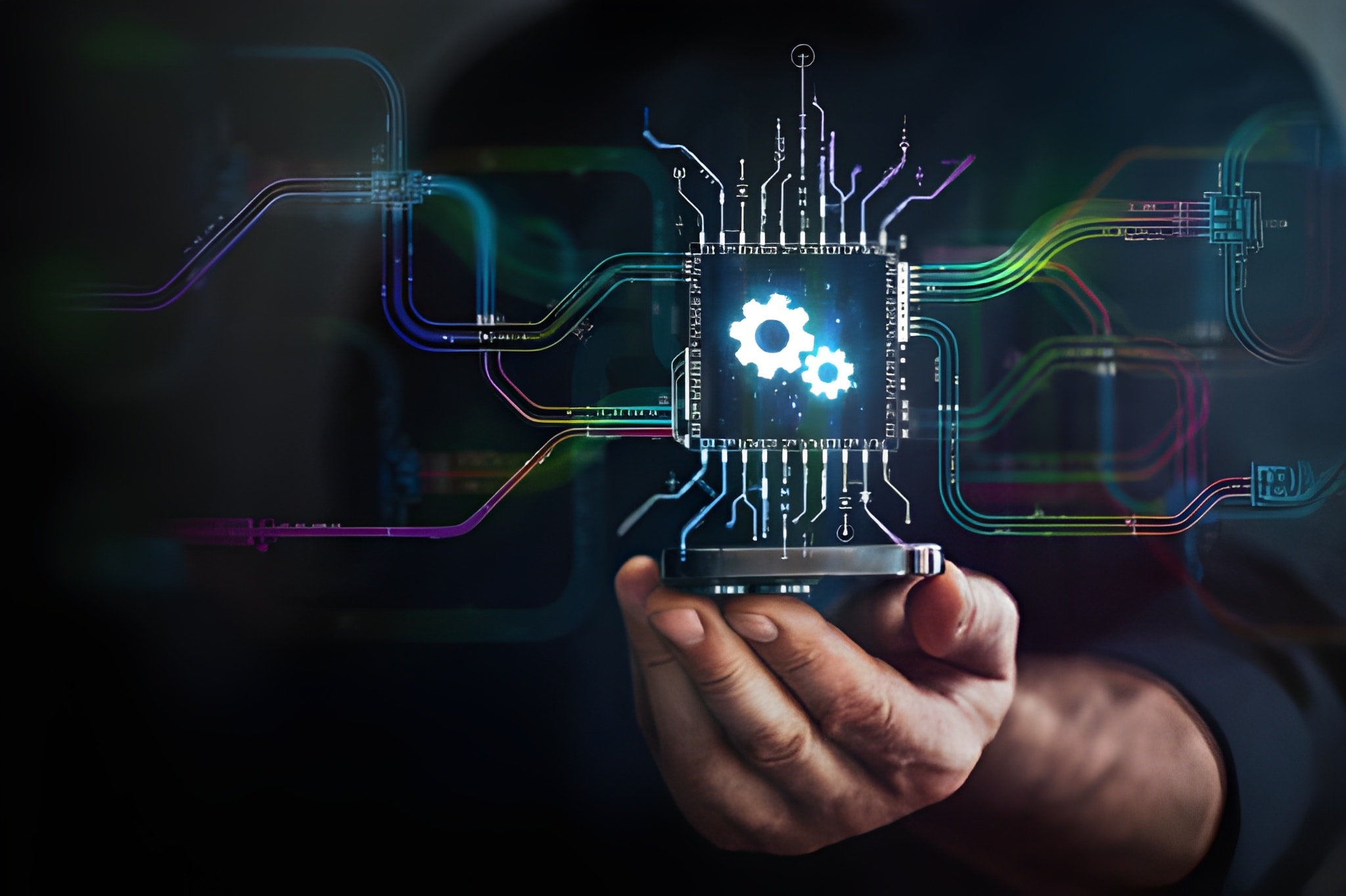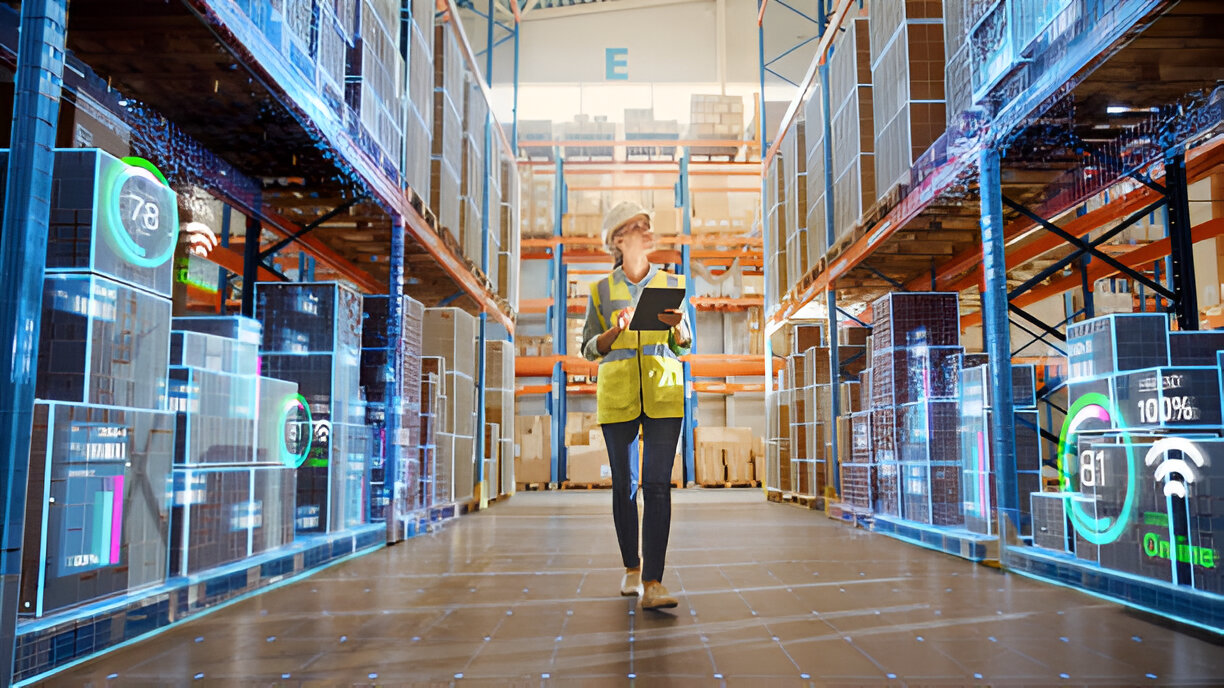The modern retail landscape bears little resemblance to the shopping centers of the past. Today’s consumers are digitally savvy, demand personalization, and expect a seamless experience whether they are browsing on their phone, scrolling through social media, or walking through a physical store. The technology blurring these lines and making a new era of retail possible is the Internet of Things (IoT). From the supply chain to the shop floor, connected devices are creating a vast, intelligent network that is fundamentally reshaping how businesses operate and how customers shop. For any business owner looking to thrive in this competitive environment, understanding and implementing the right IoT retail solutions is no longer a futuristic concept—it’s a present-day necessity.
This transformation from traditional to intelligent retail is complex, involving a sophisticated interplay of hardware, software, and cloud infrastructure. It requires deep expertise in building and connecting custom devices and the platforms that manage them. Successfully harnessing the power of these technologies often begins with a partnership with an expert IoT Development Company that can architect a solution tailored to your unique business goals.
The Core Concept: What are IoT Retail Solutions?
At its core, the Internet of Things (IoT) in retail refers to the network of interconnected physical devices embedded with sensors, software, and other technologies that connect and exchange data over the internet. These devices can include everything from smart shelves and RFID tags to Bluetooth beacons, digital signage, and AI-powered cameras. The primary objective of these IoT retail solutions is to gather vast amounts of real-time data from the physical environment and use it to create a smarter, more efficient, and deeply personalized retail ecosystem. This data-driven approach moves businesses away from guesswork and toward informed, strategic decision-making.
The application of this technology is twofold. In brick-and-mortar stores, IoT brings the power of digital analytics to the physical world, helping retailers understand customer behavior with the same granularity they have online. For online businesses, the impact of IoT for ecommerce is most profoundly felt in the back-end, revolutionizing supply chain logistics and warehouse management to enable faster, more accurate fulfillment. Ultimately, whether online or in-store, the goal is the same: to leverage connected data to create a seamless and responsive connected customer experience that builds loyalty and drives sales.
Transforming the In-Store Experience
For years, physical retailers struggled to understand their customers as well as their online counterparts. IoT has completely changed the game, providing the tools to measure, analyze, and optimize every aspect of the in-store journey.
Smart Shelves for Real-Time Inventory Management
One of the most practical and impactful IoT retail solutions is the smart shelf. These shelves are equipped with weight sensors and RFID readers that constantly monitor inventory levels in real-time. When stock for a particular item runs low, the system can automatically send an alert to a store associate’s handheld device to restock it. It can also trigger a reorder request to the warehouse, preventing costly stockouts of popular items. This level of automation not only eliminates the tedious and error-prone process of manual inventory counts but also provides invaluable data on which products are selling fastest and at what times of day, allowing for smarter merchandising decisions.
Beacons and Proximity Marketing
Bluetooth Low Energy (BLE) beacons are small, inexpensive devices that can be placed throughout a store. When a customer with the store’s mobile app comes within range, the beacon can trigger a notification on their smartphone. This opens up a world of possibilities for proximity marketing and creating a dynamic connected customer experience. A customer lingering in the electronics section might receive a push notification for a special offer on headphones, or a shopper near the checkout could be reminded to use their loyalty points. This allows retailers to deliver highly relevant, contextual messages that enhance the shopping experience rather than intruding on it.
Automated Checkout and Smart Carts
The checkout line is one of the biggest friction points in physical retail. IoT is at the forefront of eliminating this bottleneck. The most famous example is Amazon Go’s “Just Walk Out” technology, which uses a combination of cameras, sensors, and AI to track what customers take and automatically charge their accounts when they leave. On a more accessible level, smart shopping carts are emerging with built-in barcode scanners and payment systems, allowing customers to scan and pay for items as they shop. These innovations dramatically improve convenience and speed, transforming a major pain point into a seamless part of the shopping journey. This is where a leading Product Development Company can help design and build both the hardware and software for such custom solutions.
The Impact of IoT for Ecommerce and Supply Chain
The benefits of IoT extend far beyond the four walls of a physical store. For online retailers, connected devices are the key to building a more efficient, transparent, and resilient supply chain. The strategic implementation of IoT for ecommerce is what enables the fast and free shipping promises that modern consumers expect.
Intelligent Warehouse Management
In a modern ecommerce warehouse, IoT sensors and robotics are essential. Sensors on pallets and packages track inventory movement with perfect accuracy, while autonomous robots can navigate the warehouse to pick and pack orders at a speed and scale that is impossible for a human workforce to match. This level of automation is a core tenet of IoT for ecommerce, as it drastically reduces fulfillment errors, lowers labor costs, and significantly increases the speed at which orders can be processed and shipped out.
Real-Time Shipment Tracking and Visibility
IoT provides unprecedented, end-to-end visibility into the supply chain. GPS trackers and environmental sensors attached to shipments allow businesses to monitor the location and condition of their goods in real-time. For companies that ship perishable items, sensors can monitor temperature and humidity, sending an alert if conditions fall outside of a safe range. This not only reduces spoilage and loss but also provides customers with highly accurate tracking information, improving transparency and trust. This is a crucial application of IoT for ecommerce. A SaaS Development Company often builds the cloud-based dashboards that allow businesses to visualize and manage this complex logistical data.
Building the True Connected Customer Experience
The ultimate goal of implementing these various IoT retail solutions is to create a single, unified view of the customer. The data from in-store sensors, mobile app usage, online browsing history, and supply chain logistics can all be integrated into a central platform. This allows retailers to understand the entire customer journey, from the first online ad they see to the specific path they walk through a store.
This holistic understanding enables a truly omnichannel connected customer experience. A customer might browse for a product on their laptop, add it to their cart via a mobile app, and then receive a notification that it’s in stock at a nearby store where they can see it in person. The mobile app, often built by a Custom App Development Company, becomes the central hub that ties the digital and physical worlds together. Delivering this unified experience requires a suite of powerful, integrated Software Development Solutions designed to handle real-time data from a multitude of sources. It’s this seamless integration that defines the future of the connected customer experience.
Conclusion
At Wildnet Edge, our AI-first approach views the Internet of Things as the sensory network of the modern retail enterprise. IoT devices are the eyes and ears, collecting a torrent of valuable data from every corner of your business. But data without interpretation is just noise. AI is the brain that processes this information, transforming it into actionable intelligence. We build IoT retail solutions where AI analyzes foot traffic to predict staffing needs, personalizes marketing offers based on real-time behavior, and optimizes supply chains by anticipating demand. Our focus is on creating intelligent systems that don’t just connect devices, but connect you more deeply with your customers, creating a hyper-personalized and efficient connected customer experience.
FAQs
IoT in retail is the network of interconnected physical devices—like smart shelves, sensors, beacons, and cameras—that collect and share real-time data. This data is used to automate processes, gain insights into customer behavior, and create a more efficient and personalized shopping experience.
Common examples include smart shelves that automatically track inventory, Bluetooth beacons that send personalized offers to shoppers’ phones, smart carts that allow for scan-as-you-go shopping, and sensor systems that analyze in-store foot traffic patterns.
The main benefits of IoT for ecommerce are in the supply chain and warehouse. IoT enables real-time inventory tracking, automated order fulfillment with robotics, and end-to-end shipment monitoring, which leads to faster delivery times and fewer errors.
Yes, like any connected technology, IoT devices can be vulnerable to cyberattacks. It is crucial for businesses to implement robust security measures, including data encryption, secure network protocols, and regular software updates, to protect both their business and their customer data.
IoT creates a better, more connected customer experience by reducing friction and adding value. It can eliminate checkout lines, provide personalized offers at the perfect moment, ensure products are always in stock, and offer transparent, real-time information about order deliveries.

Nitin Agarwal is a veteran in custom software development. He is fascinated by how software can turn ideas into real-world solutions. With extensive experience designing scalable and efficient systems, he focuses on creating software that delivers tangible results. Nitin enjoys exploring emerging technologies, taking on challenging projects, and mentoring teams to bring ideas to life. He believes that good software is not just about code; it’s about understanding problems and creating value for users. For him, great software combines thoughtful design, clever engineering, and a clear understanding of the problems it’s meant to solve.
 sales@wildnetedge.com
sales@wildnetedge.com +1 (212) 901 8616
+1 (212) 901 8616 +1 (437) 225-7733
+1 (437) 225-7733































